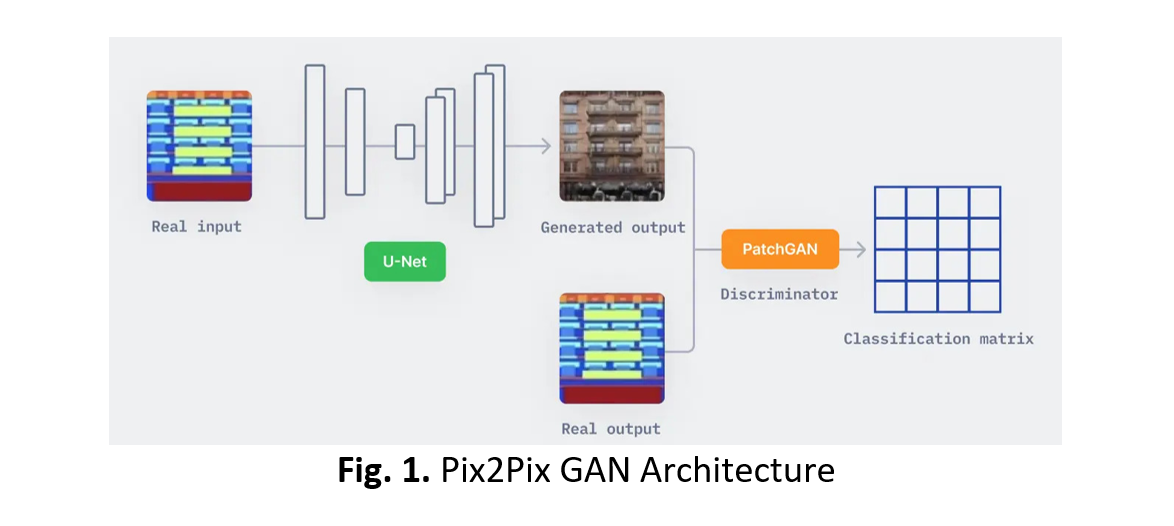Analyzing the Impact of Loss Functions on Dehazing Effectiveness and Unveiling the Discrepancy between Quantitative and Qualitative Results
DOI:
https://doi.org/10.37934/araset.44.1.1221Keywords:
Dehazing, Loss Functions, Computer Vision, SSIM, MS-SSIM, IW-SSIM, MAEAbstract
The work focuses on the analysis of the impact of loss functions on the effectiveness of a model for dehazing images. Dehazing, the process of removing haze or atmospheric scattering from images, plays a crucial role in various computer vision applications. To enhance the performance of dehazing models, it is essential to examine different loss functions and their variations. In this study, we employ a Generative Adversarial Network (GAN) as our model and evaluate the performance of various loss functions. The primary objective is to assess how well each loss function is capable of dehazing an image, while specifically investigating the influence of various structural similarity index (SSIM) loss variations on the dehazing effectiveness. Our experimental results reveal a notable discrepancy between qualitative and quantitative outcomes. Contradicting the traditional interpretation in literature, our qualitative analysis reveals that the SSIM IQA metric may not be a fully reliable indicator of dehazing effectiveness despite it being viewed to be correlated to human visual perception unlike Mean Square Error and Peak Signal to Noise Ratio Metrics. Moreover, we demonstrate that relying solely on quantitative results may lead to the selection of an inappropriate loss function. This finding emphasizes the significance of qualitative analysis in evaluating the performance of dehazing models. The disparity between quantitative and qualitative results emphasizes the need for newer image assessment metrics in the domain that can effectively bridge this gap. Such metrics should be able to be better correlated with human perception. This research contributes to the field of image dehazing by shedding light on the importance of qualitative analysis in addition to quantitative evaluation. By comprehensively analysing the impact of variations of SSIM loss functions and their combination with Mean Absolute Error (MAE) loss, we provide valuable insights into enhancing the effectiveness of dehazing models.





























